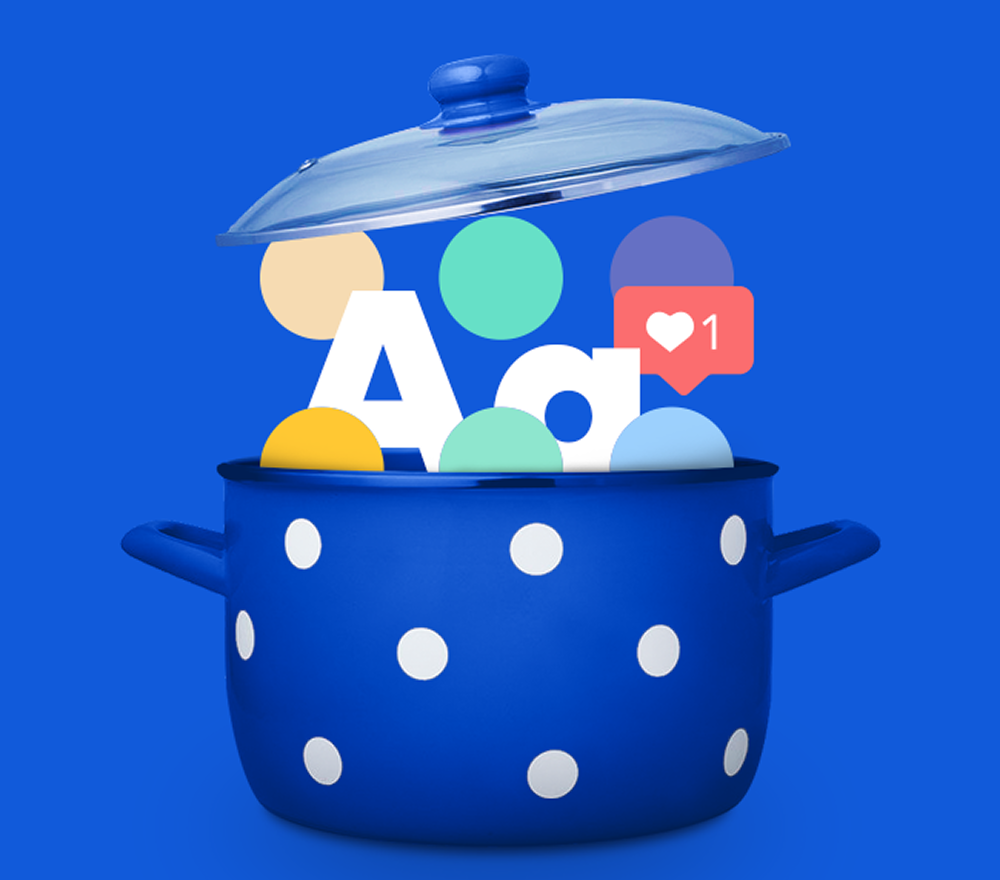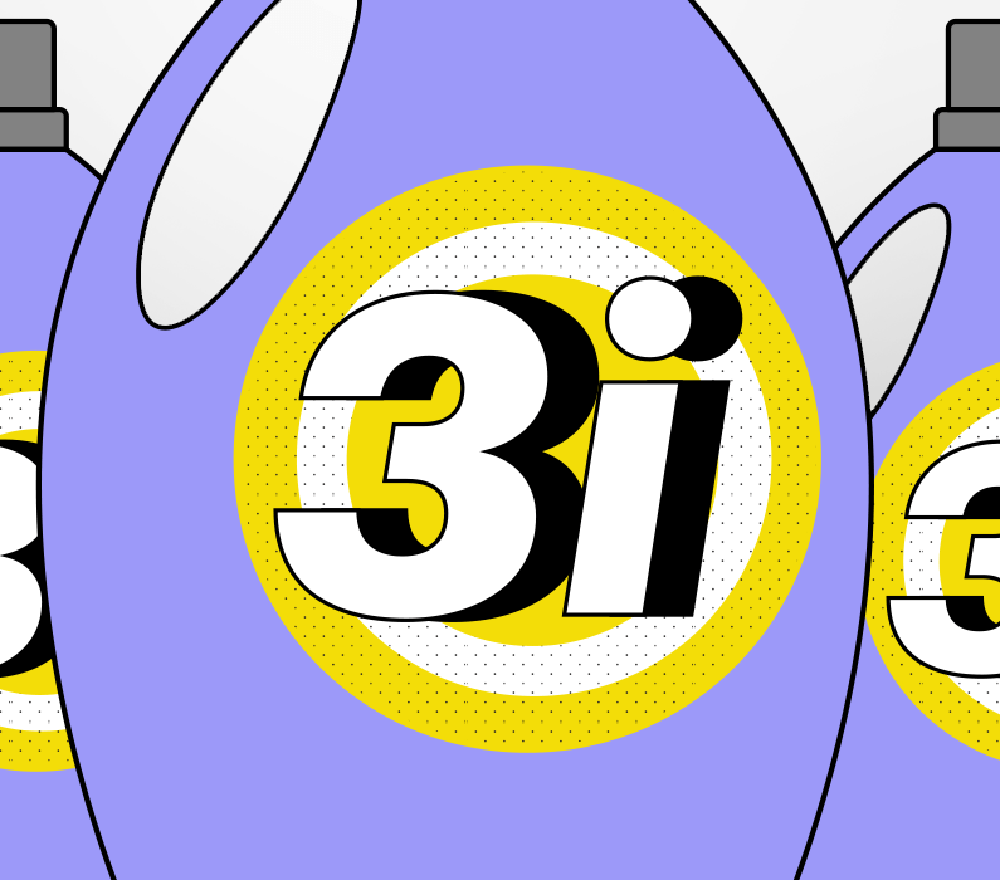Creative
Uncompromising creativity. Driven by purpose.


- Campaign Concept
- ATL & OOH Campaigns
- Communication Strategy
- Brand Identity & Redesign
- Packaging
- Employer Branding
- Brand Consulting
Digital
The sky’s the limit, and digital is just one of the channels.


- Digital Strategy & Campaigns
- Social Media Strategy Social
- Media Content Influencer
- Campaigns Community
- Management Reporting
- Social Media Campaigns
- Real-Time Marketing
Media
Delivering the best media value for your brand, exceeding your goals, not your budget.


- Media Strategy
- Media Plan & Budgets
- Media Campaigns
- Influencer Campaigns
- Reporting
- Data Analytics
- Social Media Research
- Trend Reporting
Production
From concept to completion, we’re committed to capturing every detail.


- Photo & Video Content
- Web Design
- Website Development
- E-commerce Website
- Erp System
- Web Applications
- Custom CMS Maintenance
- Servers

































